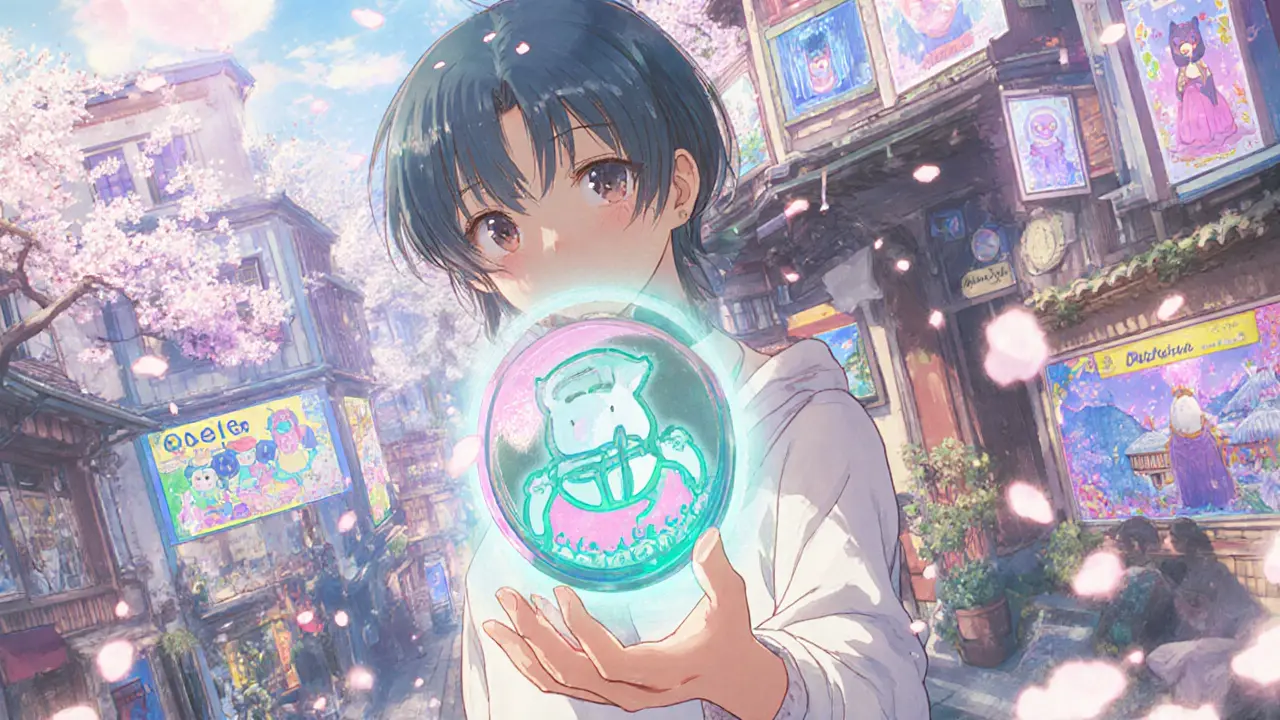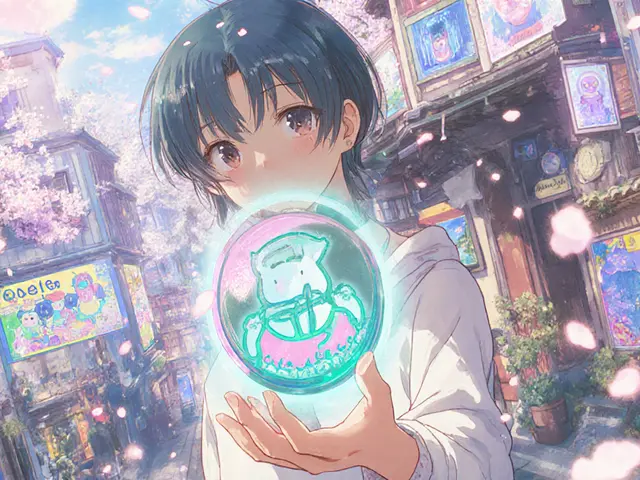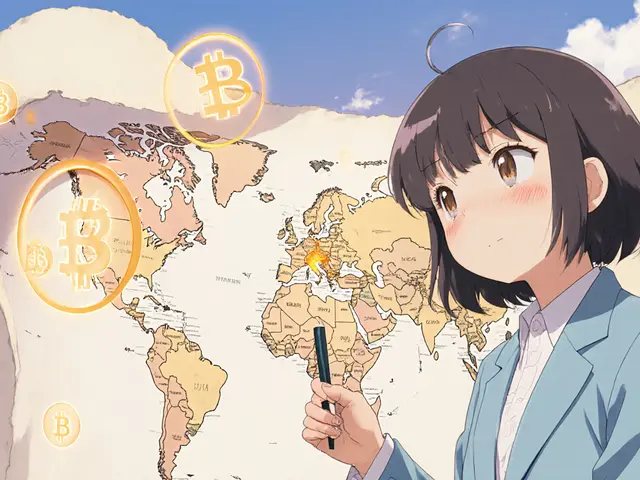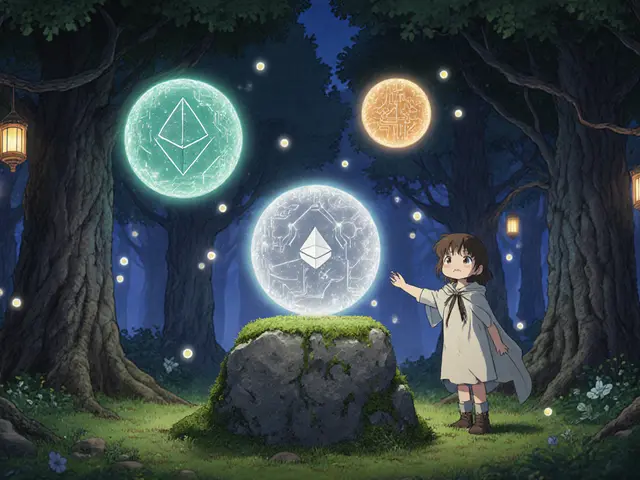NFT Market Crash 2022: Impact Calculator
Estimated Impact
Based on historical data from Q1 to Q2 2022:
Initial Investment
$10,000
Estimated Value Now
$2,000
Loss Percentage
80%
Total Loss
$8,000
Key Insight
Those who bought at the peak lost 80-95% of their investment value.
Market Crash Metrics (Q1 vs Q2 2022)
| Metric | Q1 2022 | Q2 2022 | Change |
|---|---|---|---|
| Transaction Volume | 12,639,781 | 10,105,967 | -20.05% |
| Active Sellers | ≈ 1.2 M | ≈ 770 K | -35.88% |
| Active Buyers | ≈ 1.0 M | ≈ 745 K | -25.41% |
| Total Resale Profit | $3.50 B | $1.89 B | -46.00% |
| Average Ownership Duration | 30 days | ≈ 47 days | +55% |
When the NFT market crash of 2022 hit, the crypto world felt a seismic tremor that erased billions of dollars in digital art value overnight, everyone from casual collectors to institutional funds scrambled for answers. Below is a no‑fluff walk‑through of what went wrong, who got hurt, and why the hype‑driven frenzy is unlikely to repeat in exactly the same way.
Key Takeaways
- The boom peaked at roughly $3trillion in November2021 and fell below $1trillion by mid‑2022.
- Four interlocking forces drove the crash: macro‑economic tightening, wash‑trading manipulation, soaring Ethereum gas fees, and a regulatory vacuum.
- Early adopters who bought before 2021 kept most of their gains, while late‑comers lost 80‑95% of portfolio value.
- Utility‑focused NFTs (gaming, identity, metaverse) survived better than pure‑art collectibles.
- The market is now shifting to slower, value‑driven growth rather than headline‑grabbing hype.
Timeline: From Boom to Bust
2021 was the golden year. A Beeple digital artist sold a single piece at Christie’s for $69million, signaling that NFTs had crossed into the mainstream. Monthly trading volume hit an all‑time high of $2.8billion, driven by projects like Bored Ape Yacht Club and CryptoPunks. Celebrity endorsements, luxury‑brand drops (Gucci, Dolce & Gabbana), and hype‑filled media coverage kept the price curve steeply upward.
By February2022, transaction counts started to dip, but the real break happened in the final quarter of 2021 when speculative buying outpaced genuine demand. In May2022, the Wall Street Journal described the market as “collapsing,” with daily sales down 92% from their peak. By June2022, total sales were $1billion - the worst level since June2021.
What Sparked the Collapse? Four Main Drivers
- Macro‑economic shockwaves. Global inflation surged to 8.3% in April2022 and peaked at 9.1% in June. Simultaneously, the S&P500 shed 23% of its gains from late‑2021 to mid‑2022. Investors fled risk, and high‑priced NFTs were first on the chopping block.
- Wash trading and artificial volume. Platforms allowed traders to buy and sell to themselves, inflating prices and creating an illusion of liquidity. When the bubble burst, those fake signals evaporated, leaving buyers with overpriced assets.
- Ethereum gas fees. Most NFTs sit on the Ethereum blockchain; during the surge, gas fees regularly topped $50, making it cheaper to hold a token than to sell it. The cost barrier froze secondary‑market activity.
- Regulatory uncertainty. Governments began probing NFTs for securities violations and tax treatment. Without clear guidance, institutions pulled back, and even retail users hesitated to engage.

Numbers That Tell the Story
| Metric | Q12022 | Q22022 | Change |
|---|---|---|---|
| Transaction volume | 12,639,781 | 10,105,967 | -20.05% |
| Active sellers | ≈1.2M | ≈770K | -35.88% |
| Active buyers | ≈1.0M | ≈745K | -25.41% |
| Total resale profit | $3.50B | $1.89B | -46.00% |
| Average ownership duration | 30days | ≈47days | +55% |
Who Got Burned? Impact on Different Players
Artists. Creators who built careers on high‑price drops saw sales plummet. Many reported weeks without a single sale after previously earning thousands per piece.
Collectors. Those who bought “blue‑chip” NFTs at peak prices faced buyer’s remorse as values collapsed 80‑95% on platforms like OpenSea and Rarible.
Fund managers. Crypto‑focused hedge funds wrote down entire NFT allocations, with some reporting total losses on the asset class.
New entrants. Reddit threads from r/NFT chronicled stories of users who spent their life‑savings on a single Ape and watched it become virtually worthless overnight.
Lessons Learned and Paths Forward
The crash acted like a harsh reality check, similar to William J. Bernstein’s comparison with 17th‑century tulip mania. Here are three take‑aways for anyone eyeing the next wave:
- Focus on utility. NFTs that provide in‑game benefits, identity verification, or tangible real‑world perks survived better than pure‑art collectibles.
- Watch macro factors. Inflation, interest‑rate hikes, and equity market health directly affect speculative capital.
- Beware of artificial volume. Platforms with transparent on‑chain analytics (e.g., Dune, Nansen) can help spot wash‑trading.
By 2023, projects pivoted toward “utility NFTs” - think gaming assets, decentralized identity tokens, and metaverse land parcels that actually function within their ecosystems. The overall market volume remains a fraction of the 2021 peak, but growth is now steadier and more grounded.
What to Watch in 2025 and Beyond
Regulators are drafting clearer frameworks, especially in the EU and United States. Expect new guidance on whether certain NFTs qualify as securities, which could open the door for institutional participation again - but only if projects can prove real‑world utility.
Ethereum’s transition to proof‑of‑stake (the “Merge”) dramatically cut gas fees and energy use, removing two major friction points. Other blockchains (Solana, Polygon, Immutable X) are also competing for low‑cost minting, which may diversify where new projects launch.
Finally, the community is becoming more skeptical of hype‑driven drops. Social media sentiment now favors projects with transparent roadmaps, active developer teams, and measurable on‑chain adoption metrics.

Frequently Asked Questions
Why did NFT prices fall so dramatically?
A perfect storm of macro‑economic tightening, wash‑trading exposure, soaring Ethereum gas fees, and regulatory uncertainty caused investors to dump high‑risk NFTs, slashing demand and prices across the board.
Did any NFTs survive the crash?
Yes. Utility‑focused tokens-such as in‑game items, digital identity badges, and metaverse land that actually functioned-maintained modest activity, while pure art pieces lost the bulk of their value.
Is the NFT market dead?
Not dead, but dramatically reshaped. The speculative frenzy is gone; the space now emphasizes real use cases and sustainable growth.
What should a new investor look for in 2025?
Prioritize projects with clear utility, low transaction costs, transparent tokenomics, and a track record of on‑chain activity. Avoid hype‑only drops that lack a functional roadmap.
How did gas fees affect the crash?
When a token’s sale price was lower than the cost to move it on Ethereum, owners simply held onto it. This froze liquidity, amplified price drops, and discouraged new buyers.







Write a comment
Your email address will be restricted to us